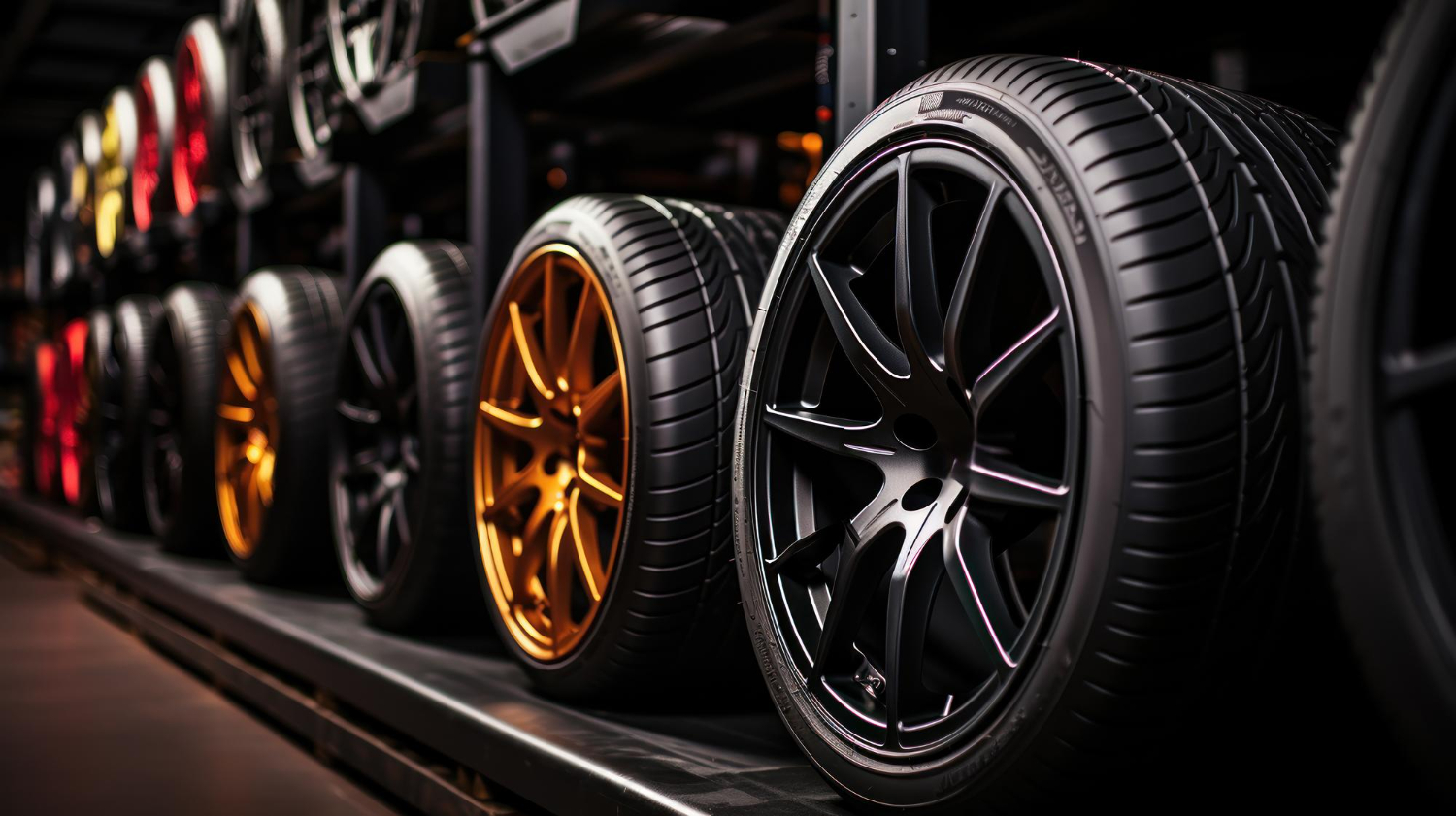Things to know before deciding to change your car’s wheels and tyres

(Photo Credit: Freepik)
Many people who want to customise their cars to look even more stylish and cool often start by changing the wheels and tyres. However, changing wheels and tyres comes with both advantages and disadvantages. Therefore, you should know this information before deciding to change your car’s wheels and tyres.
Increasing the size of the wheels and tyres may enhance the beauty and sleekness of the vehicle. However, it cannot be denied that the increased beauty affects certain aspects of your car’s overall performance. Let's take a closer look at the advantages and disadvantages of changing wheels and tyres.
Advantages of changing wheels and tyres:
- Enhanced design distinctiveness:
Changing the rims and upsizeing the tyres make the wheel arches of your car look solid and full, giving it a more sporty appearance and reflecting the owner's taste and preferences.
- Improved road grip:
Changing wheels and tyres doesn't just involve a different/bigger rim design, it also requires changing the tyres to maintain the rolling radius of the original wheelset. Increasing the four tyres’ contact patch with the road will enhance road grip and stability, especially during cornering or high-speed driving.
- Better braking performance:
How does changing wheels and tyres relate to braking? With wider tyres, you can step on the brakes with greater confidence, because they will offer better braking performance on wider tyres.

(Photo Credit: Freepik)
Disadvantages of changing wheels and tyres:
- Stiffer ride:
Increasing the size of the tyres results in reduced sidewall height, making the ride less smooth than before. This reduction in sidewall height can also lead to poorer impact absorption or greater vibration from the road, increasing the risk of tyre blowouts or rim damage.
- Slower acceleration:
Larger wheels and wider tyres require more torque from the engine, resulting in slower acceleration. Additionally, more throttle input may be needed when trying to pick up speed, compared to before when the car was on smaller wheels and narrower tyres.
- Increased fuel consumption:
Using larger tyres increases rolling resistance between each tyre and the road surface, thus requiring more engine power for driving. This may result in higher fuel consumption, which typically reduces the average mileage by around 2 or 3 kilometres per litre of petrol (depending on individual driving habits).
- Incorrect mileage reading:
Normally, the speedometer is calibrated to match the vehicle’s original, factory-fitted wheels and tyres. If you change the wheels and tyres yourself, it might lead to a problem known as "speedometer error," where the displayed speed is lower than the actual speed, leading to unknowingly exceeding speed limits.
- Higher maintenance costs:
Certainly, achieving a beautiful car comes with higher-than-normal expenses. Using larger tyres typically means higher tyres costs, and when it's time to replace them, be prepared to set aside a substantial sum. Moreover, it may take some time to find a tyres shop that stocks these tyres regularly, as most shops tend to carry standard tyre sizes.
These are the pros and cons of changing wheels and tyres. If you consider them acceptable, then go ahead with your plans. However, if you feel it's not worth it, it's okay to postpone the project. Most importantly, consider the resale value in the future. Modifying or altering any aspect of the car will inevitably affect its resale value, which may decrease compared to its original state.
If you want to sell your car, you can list it for free on Motorist!
We're ready to find you the best buyer and price within 24 hours!
Claim your free car valuation today!
Read More: 3 Ways to Ensure Good Car Value
Looking for a car appraisal? You can contact us for a free car valuation within 24 hours…
